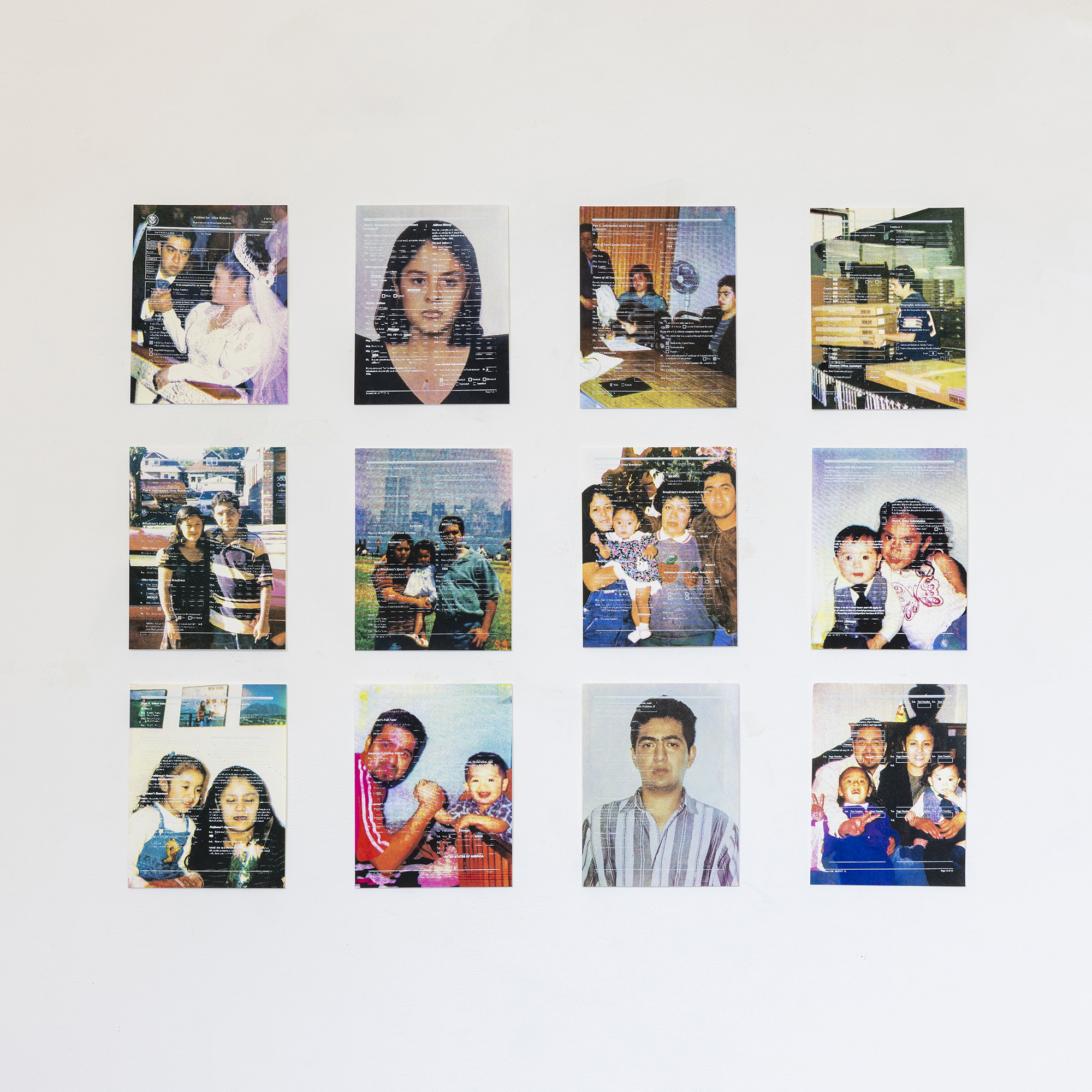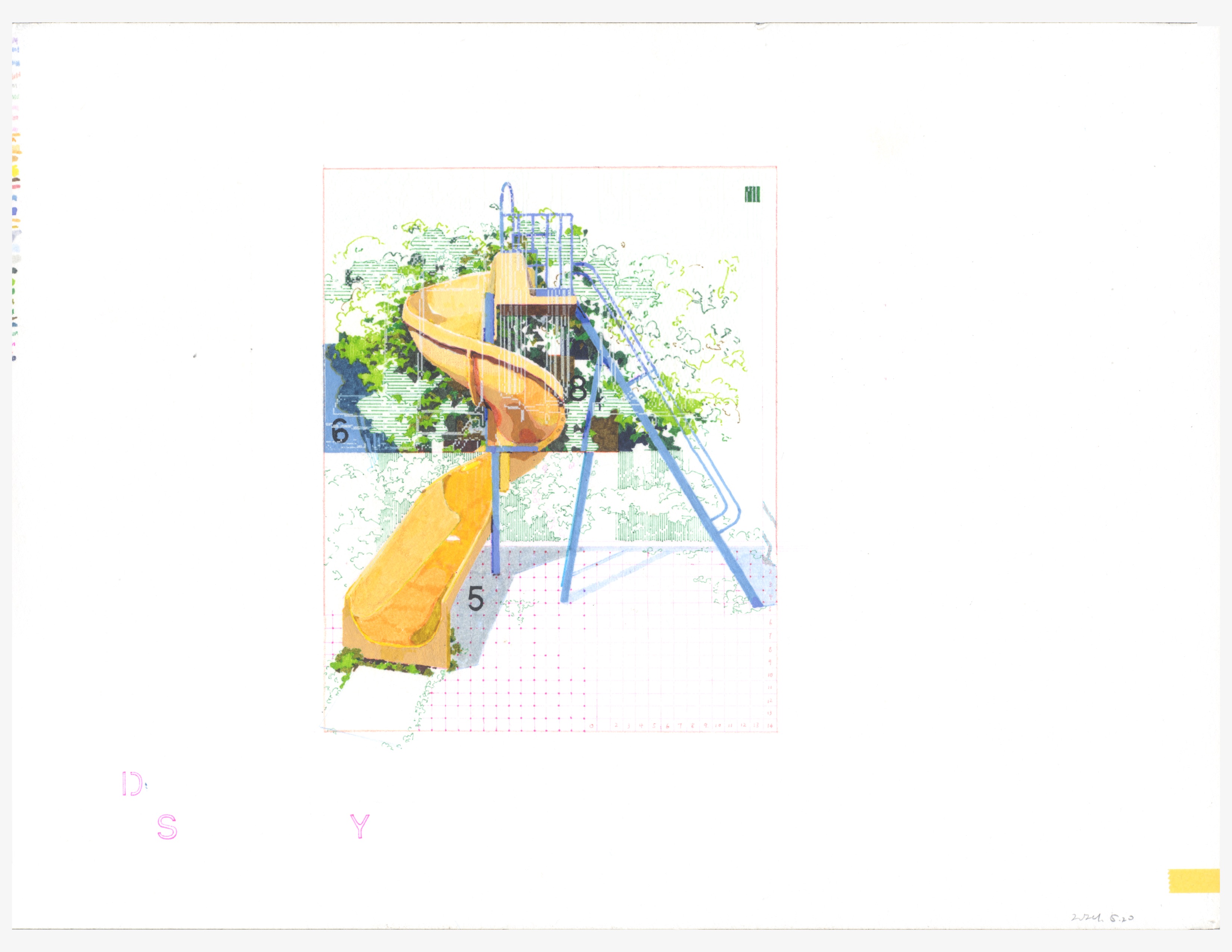DREAMING//AWAKE
July 18 – September 20, 2024
Opening Reception: Thursday, July 18, 6-8pm
Curated by Nic Caldwell, independent curator
Artists: Jennifer Teresa Villanueva, Tianxing Xu, Felix Plaza, Nereida Patricia, Nat Pyper, and Paria Ahmadi
For those of us who live at the shoreline
standing upon the constant edges of decision
crucial and alone
for those of us who cannot indulge
the passing dreams of choice
who love in doorways coming and going
in the hours between dawns
looking inward and outward
at once before and after
seeking a now that can breed
futures
—Audre Lorde, excerpt from A Litany for Survival
Dreaming is one of the most universal human experiences, one shared across cultures and time. Dreams ask what conversation we could have if we let the imagination speak. They create a unique space where the impossible becomes possible, allowing us to explore our deepest desires and fears without the constraints of reality. This ability to hold and navigate two worlds, dreaming and awakeness, is essential to imagining the futures we need to create in order to survive and thrive. Dreaming//Awake explores the dreams of our ancestors known and unknown, of our parents, and of our childhoods. Artists in this exhibition juxtapose concrete images with abstraction to rewrite memory, morph reality, and transform cultural narratives, reorganizing the world for new future possibilities.
Download Press Release / Artist List
Jennifer Teresa Villanueva, U.S. Petition for Alien Parents, 2022

Tianxing Xu, Untitled, 2024

Nat Pyper, The House That Daisies Built, 2024
Jennifer Teresa Villanueva’s work delves into the complexities of being undocumented in the U.S., exploring the inherent sacrifices, vulnerabilities, and emotional tolls within her family’s daily struggles navigating the “American Dream”. Villanueva’s U.S. Petition for Alien Parents unveils the impact of socioeconomic status, exhaustion, memories, and her family’s migration journey. Rooted in trust and collaboration, she captures intimate family moments through documentary photography, screenprints, legal documents, and family archives. At the core of her work lies a commitment to challenging dominant narratives about immigrants, contributing to a more inclusive and equitable societal dialogue, and advocating for change in public policy.
The effect of Tianxing Xu’s work mimics the simple dreams of childhood, reconstructed and obscured by the realities of adult life. These untitled prints are part of a series that serves as building plans for an imagined amusement park. Using a mixture of over-burnt memories and stories stolen from others, Xu reconstructs and simulates a story that never happened by dismantling the elements that comprise the meaning of the park. The images appear overexposed and spotty, prompting a closer look to make sense of the shapes.
Similarly, Felix Plaza’s work reminds us that dreams are often composed of images we have seen repeatedly since childhood, the constant symbolism of everyday objects infusing our subconscious. Panoplia Latina [Mi Casa, Su Casa] is an amalgam of high and low recognizable imagery, combining the mundane and the personal. The word “Panoplia” (panoply) itself has various meanings — a full suit of armor, ceremonial attire, or an impressive array — further emphasizing the multi-meaning of the objects in this large-scale print.
Nereida Patricia is also interested in shifting meanings, exploring how race, gender, and sexual politics affect the human body, and how new cosmologies can be imagined that propose networks of healing. Patricia builds mythologies that relate to the human body yet shift towards allegory as an operation of worldbuilding. In nude and mask, the effect of this is of a transformative and dream-like vision. Inspired by political feminist craft traditions and the spiritual beaded quilts of Haitian drapo vodou, Patricia creates a new visual language using abstracted body gestures and motifs, and converging multiple perspectives and images into one frame.
Nat Pyper’s The House That Daisies Built is influenced by the queer DIY scenes of the 80’s and 90’s who used cut-and-paste as a creative method for reorganizing the world on their own terms. In this work, repurposed decorative borders found in queer zines of that era merge into an image of a house with blurry boundaries between inside and outside. Pyper looks for lost lineages—lineages disrupted by disease, division, and distance—reimagining queer intimate space from the dreams of queer ancestors. Their work bypasses typical modes of historical transmission to find kinship with histories on the margins and to understand the past as a creative force that continues to shape the future.
The work of Paria Ahmadi/’پریا احمدی interrogates the politics of memory, archive, and communication, and plays with the poetics of marks. These selections from her letters for the dog series are compositions of color blue, black, white, and one repetitive image of a burning candle printed uniquely each time. Ahmadi is interested in how we practice to understand each other, how we assign meanings to marks and recognize readable systems through personal grounds, and how we read each other’s memories and engage in dialogues through convergence of imaginaries, despite visible and invisible borders that shape the social and political structures of life and ultimately distance us. This work invites us to dream together of possibilities, helping us recognize the intersection of our struggles (in small and large scale) and leading to sensitivity and empathy.
About the curator
Nic Caldwell (he/they) is a librarian, curator, and printmaker, invested in making art more accessible to marginalized communities. His approach to cultural criticism is to challenge the boundaries of who has access to knowledge, who creates history, and whose stories get to be told. Born and raised on the Southside of Chicago, Nic is currently located in New York City where he was most recently a 2023 Research Fellow at The Center for Book Arts and curated the 2022 exhibition Gwendolyn Brooks: a Poet’s Work in Community at The Morgan Library & Museum. Nic is a graduate of New York University, with a Masters in Library and Information Science and a Masters in English Literature, concentrating in Special Collections and African American literature.